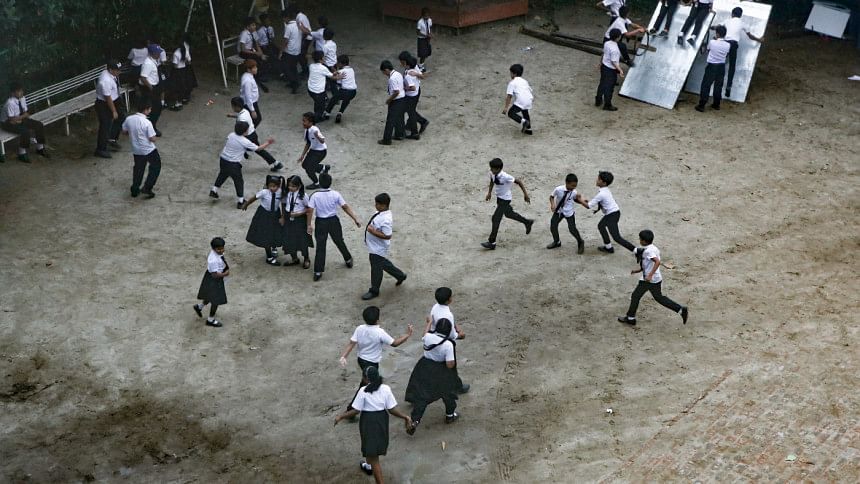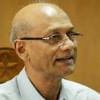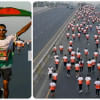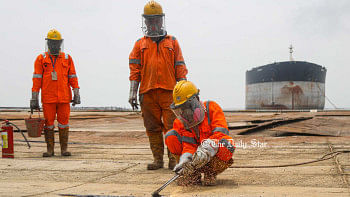The state of sports in schools

From heading back to class after scoring the game-winning goal at recess, to imitating the bowling action of our favourite pacer while playing street cricket, some of the fondest memories from our school life are often the sweat-soaked ones made on the playground.
Outside of being a joyful part of our childhoods, physical activity has also been shown to provide tangible benefits. Research shows that children who remain active lead healthier lives with lower risks of physical ailments like cardiovascular diseases alongside decreased propensity for mental health disorders like depression and anxiety. Moreover, playing sports improves self-confidence, builds leadership skills, and promotes discipline and self-regulation – traits that undoubtedly benefit students in their academic spheres as well.
The availability of sporting facilities in urban Bangladesh has seen an alarming decline over the last two decades. A study in 2000 revealed Dhaka to have 150 playgrounds — a sharp contrast to the mere 24 that remained in 2019 according to a study conducted by the Bangladesh Institute of Planners (BIP). This decline results from poor urban planning, illegal occupation by clubs and organisations with the vague excuse of "maintenance" work, and land leases given to private entities at the expense of public welfare.
Schools, therefore, often remain an oasis in an otherwise barren concrete desert without publicly accessible alternatives. In fact, schools often serve as a gateway for future athletes to enter their respective sporting circuits.
Maisha Afaf, who is a twelfth-grader at Sunnydale School and a core team member of Deshi Ballers, observes, "A lot of athletes currently in the community are people who started playing basketball in their school."
Salma Akter Moni, the first female FIFA Elite Referee of Bangladesh and a physical education teacher at a prominent English Medium school, highlights further that a few of her students who started playing football at school and eventually progressed to top clubs like Sheikh Jamal.
Unfortunately, the half-hearted integration of sports in our schools leaves much to ask for. Often, many campuses lack well-maintained fields and equipment or hire trained coaches.

Salma provides a possible explanation. "Many schools and parents are unwilling to support sports because it's generally seen as a distraction from academics and something students shouldn't pursue seriously." She points to many students who excel in sports while also maintaining stellar grades and laments the fact that parents often ignore this nuance."
Even when there are facilities, physical activity (PA) as a subject is often implemented very ineffectively, even under the national curriculum where it is mandatory. A 2020 study revealed the root causes are down to a general lack of understanding of the importance of PA combined with the fact classes do not contribute to the final grade.
Similar sentiments are echoed by Abdullah Al Mamun, a senior physical education teacher and ECA coordinator at The Aga Khan School who formerly taught at New Model Degree College, "National curriculum schools and colleges tend to deprioritise sports. At best, they have a field where students can play during break. However, sports are never made compulsory or graded."
The situation is often far worse in private schools where such a mandate does not exist and many schools do not implement the subject past a certain grade.
"We only played sports until 5th grade," says Habib Ahmed* of Mastermind English Medium School. "Since we moved to the main building, only seniors in classes 11 and 12 were allowed on the field, we were only allowed to play carom or chess indoors."
Furthermore, institutions in more affluent areas often provide students with substantially better sporting facilities. However, these schools are expensive, which deprives kids of middle-class to low-income families, who make up the largest chunk of our student population, of the ability to access sporting amenities.
"Our campus doesn't have a field for students to play in, despite the fact that most of our grades are cramped here. While I do not have proficiency in sports myself, my classmates who do often express their dismay at this," says Tahafeem Fairuzah Ahmed, an eighth-grader at Maple Leaf International School, "The lack of resources is frustrating, as they limit our school time activities to just academics." This is in stark contrast to some schools that have as many as three fields on one campus.
Access to quality sports provisions is even worse for girls who are locked out of the playground outright in many instances. Faria Tasnim*, a student of grade 12 from Manarat International School and College, recounts, "We wanted to play football after school. But then they stopped giving us the ball." Maisha adds, "Parents of boys generally end up letting them play throughout school. Whereas, a lot of girls are cut off right before or after O Levels."
Even in the absence of explicit discrimination, Maisha points out subtle ways through which girls are let down. "The women's standard of a basketball is a size 6 one, but schools often only have size 7 (men's standard sizes) stocked." She further elaborates, "It is also seemingly minute issues like the boys not passing (the ball) to the girls during co-ed games that also kind of play a role in discouraging the girls."
Girls may also feel more comfortable with a female coach. However, schools often fail to consider the preferences of their pupils when hiring staff which leads to more girls being discouraged.
Tahafeem adds, "For campuses with facilities for sports, the girls are rarely encouraged to continue playing as long as boys. They aren't taken to inter-school tournaments, and scarcely any effort is made to develop their skills."
Schools also often enforce strict gendered dress codes for the sake of 'modesty.' Nawshin Khan*, a student from another English medium school, shares, "While the boys were allowed to wear jerseys and shorts their sizes, we were told to wear jerseys two sizes larger and often played in sweatpants to not 'distract' people." She adds, "I think the biggest problem is that instead of addressing the issue of harassment at the root and educating the boys on bodily autonomy, the administration decided to blatantly sexualise the girls for wearing comfortable sportswear that has nothing inherently sexual about it."
However, there is a growing movement of independent initiatives that are trying to fill in these gaps and make sports more accessible and equitable. According to Maisha, organisations like Deshi Ballers (non-profit) provide affordable and safe training opportunities alongside places like Gulshan Youth Club.
While these initiatives may not be enough by themselves, they are a welcome change from the current status quo. But for a city of over ten million, we need more than independent initiatives. Change needs to come from the heart of the education system: our schools.
*Names have been changed upon request.
Robiah is shivering under three layers of clothing and two blankets. Send him a room heater at [email protected]
Rubama is playing basketball despite the cold. Tell her it's a bad idea at [email protected]
References
Frontiers (September 28, 2018). Cardiovascular Effects and Benefits of Exercise.
Health Direct (March, 2023). Exercise and mental health.
The Business Standard (27 April, 2022). Dhaka sees 150 playgrounds reduce to 24 in two decades.
Bangladesh Insitute of Planners (June, 2010). Management of Playground by City Corporation.
PLoS One (March 16, 2020). Challenges of promoting physical activity among school children in urban Bangladesh: A qualitative inquiry.

 For all latest news, follow The Daily Star's Google News channel.
For all latest news, follow The Daily Star's Google News channel. 








Comments